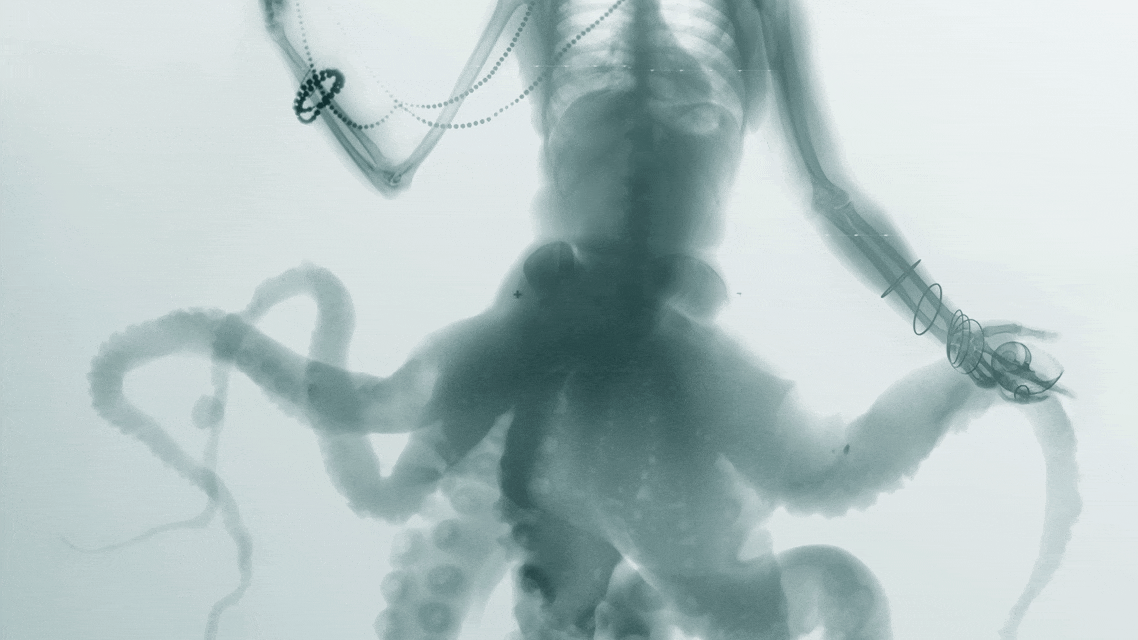Design Futures
Previous titles: Production of Digital Space, Speculative Systems
Next iteration: Semester 1, 2024
Invitation to Apply
Have a look at the current invitation, testimonials, and example of topics and work here: Design Futures: Ad
Description

Image: X-Ray Art by Benedetta Bonichi, suggestive of the cyborg futures that are a theme in this subject.
Commercial firms, governments, and nongovernmental organisations compete for graduates who can innovate in response to the major changes in global societies and environments. Independent entrepreneurship is another career path that requires strategic foresight.
In response to these challenges, this subject studies phenomena, ideas, research, and technologies that will define emerging trends. To do this, the subject forecasts the future of design in a variety of disciplines, including design and architecture. It identifies significant innovations, outlines necessary changes, and provides guidance for an in-depth investigation.
The seminar reconsiders relationship between humans, nonhuman organisms and machines within emerging systems engaging with:
- Places as complex systems that house multispecies inhabitants and call for design through living labs or ongoing experiments
- Design as a participatory practice that can involve animals, plants and algorithms as well as humans, often in the context of simulations and self-organising systems
- Representation as a way to connect design stakeholders through advanced visualisation, data mining and machine learning
- Fabrication and construction from innovative materials, with minimal environmental impact using robotics and augmented reality
- Monitoring of the resulting performance through remote imaging and sensor networks
- Adaptation, reuse, and decommissioning following natural, societal, and technical lifecycles
The teaching method combines reading with visual presentations and case-study analysis. During the subject, students define their own creative assignments and develop expertise that will be relevant to their creative, intellectual or professional goals.
The subject can support in-depth research for design studios, theses, and research degrees. It is also useful as evidence of skills in design innovation for future employers. Beyond this, past iterations of the subject supported design/art projects, contributed to research within design practices, and laid foundations for innovative career paths and business models.
Children